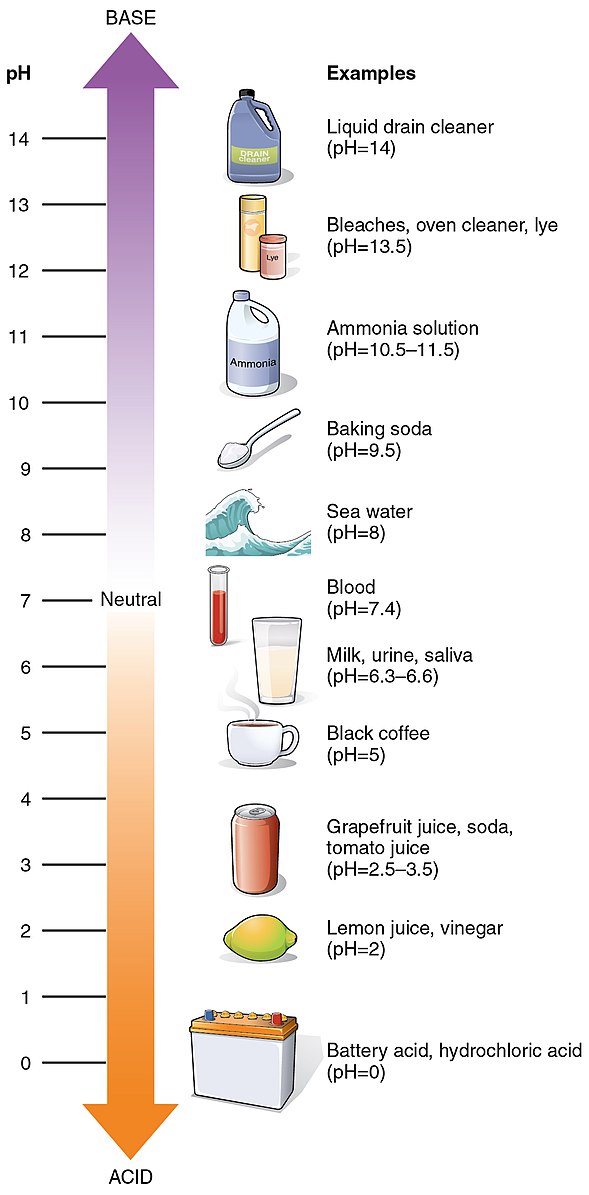The pH of ascorbic acid in water is a crucial factor that affects its stability and bioactivity. Ascorbic acid, also known as vitamin C, is a weak acid with pKa values around 4.0 and 11.0 in typical buffer solutions. In aqueous solutions, ascorbic acid exists in equilibrium with its conjugate base, ascorbate, and the ratio of these species depends on the pH of the solution.
Understanding the pH-Dependent Equilibrium
At near-neutral pH, the dominant species is ascorbate, while at lower pH values, ascorbic acid predominates. This pH-dependent equilibrium is essential for understanding the stability and bioactivity of ascorbic acid in water.
Ascorbic Acid Oxidation and Degradation
The pH of ascorbic acid solutions affects their stability, with higher pH values accelerating the oxidation rate of ascorbic acid. This oxidation leads to the formation of various degradation products, such as:
- 2,3-diketogulonic acid
- 2-furoic acid
- 3-hydroxy-pyrone
- 2-methylfuran
- 2,4-dimethylfuran
- 2-acetyl-5-methylfuran
- 2-methyl-2-cyclopentanone
The oxidation of ascorbic acid is also influenced by the presence of transition metal catalysts, such as copper and iron, as well as the availability of oxygen.
Maintaining Ascorbic Acid Stability
 Image source: OpenStax College
Image source: OpenStax College
To maintain the stability of ascorbic acid in aqueous solutions, it is recommended to:
- Store the solutions in a cool, dark place, away from light and metal ions.
- Adjust the pH to around 6.5 using a pH-adjusted buffer.
- Use antioxidants, such as ascorbyl palmitate, to prevent the oxidation of ascorbic acid and extend its shelf life.
Preparing Ascorbic Acid Solutions at Home
For DIY users who want to prepare ascorbic acid solutions at home, it is important to follow the recommended preparation procedures and use high-quality, fresh ascorbic acid powder. The amount of ascorbic acid to consume depends on individual needs and should be determined in consultation with a healthcare professional. However, ascorbic acid is generally safe to consume in moderate amounts, and its antioxidant properties can provide health benefits.
Conclusion
In summary, the pH of ascorbic acid in water is a crucial factor that affects its stability and bioactivity. To maintain the stability and effectiveness of ascorbic acid solutions, it is important to store them properly, adjust the pH to around 6.5, and use antioxidants to prevent oxidation. By following these guidelines, DIY users can prepare and consume ascorbic acid solutions safely and effectively.
